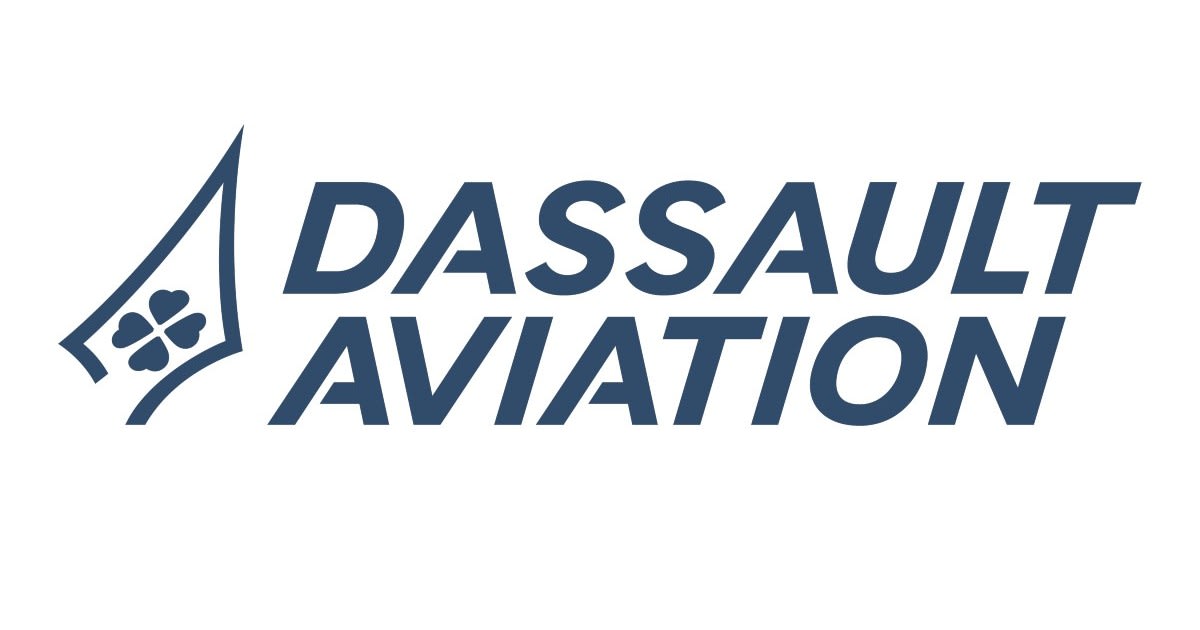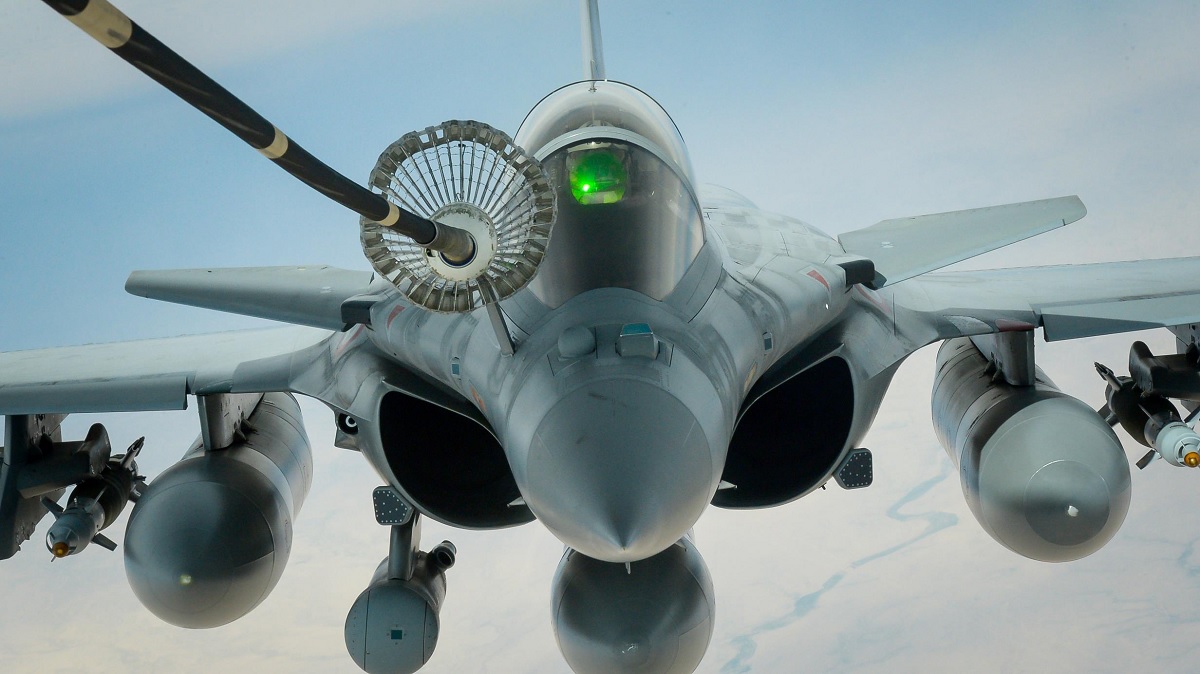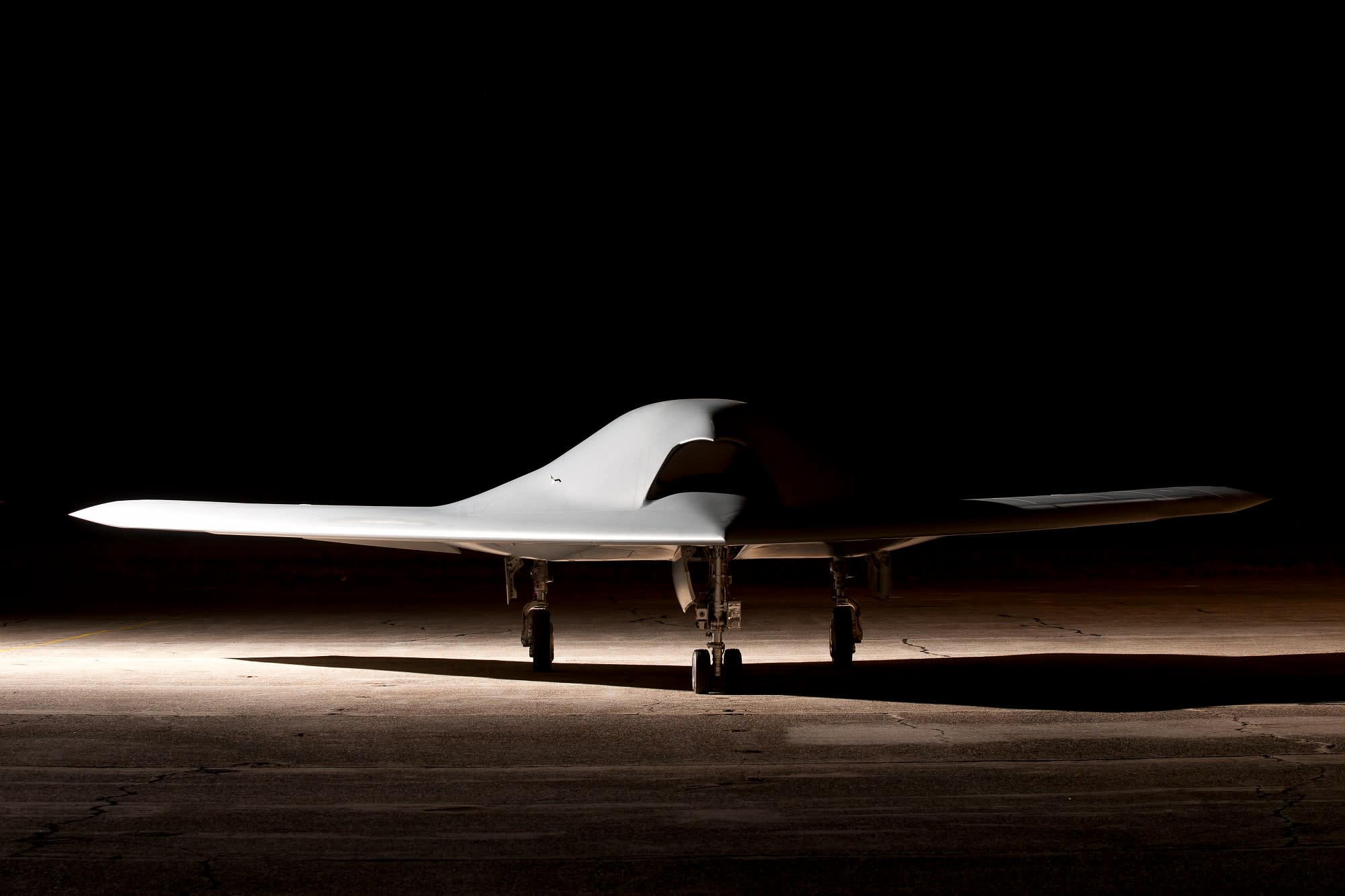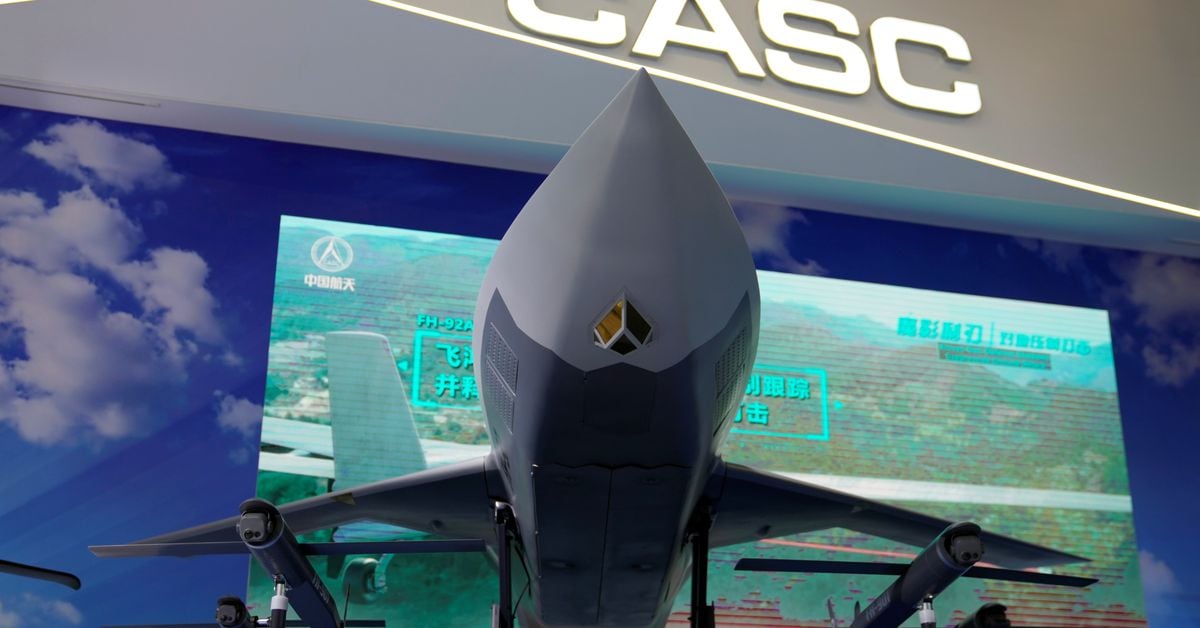In my personal view I dare to differ from my brothers here & will be devil's advocate & propose this deal as a Win-Win for UAE. How you say? Well for that purpose we will have to view this deal from a different strategical angle;
1) From the current example of USAF (cutting F-35 numbers in future defence plans as Congress keeps denying the asked numbers) even with USA economy & might of her defence budget, USA cannot afford an all 5th Gen platforms Air Force, therefore they are going for a combination of 4.5th Gen ( Multirole + Air Superiority ) platforms along with the 5th Gen.
Multi-role Aircraft:
Basically, what USAF requires for the vast majority of its everyday tasks is an aircraft that is very easy and not too costly to operate, maintain and upgrade. So, an affordable, medium-weight multi-role fighter akin to what JF-17 Thunder is to PAF. So comes the F-36 Kingsnake, a true modern 4.5 Gen Multi-role Aircraft possibly to replace F-16 with improvements such as increased pay-load capacity, fuel & modern Avionics Suits & Radar to name a few along with a higher more powerful engine.
For Air Superiority, F-15-EX is the answer which needs no introduction. New purchase along with upgradation of older blocks (probably) will do just fine.
Above two 4.5 gen will complement 5th Gen F-35. Just to give a basic understanding of how these assets will sync & achieve the combine objective, is a single simulated case among many, where a 5th gen (F-35/F-22) will lead to perform SEAD/DEAD tasks by pin-pointing the target co-ordinates using advance sensor fusion & AI & passing them on to F-15/F-18/F-36 (conventional aircrafts) to let loose their devastating load.
For any modern Airforce, the above model is a go to solution, unless, a country needs require a very small Airforce (as in case of Switzerland) or she has unlimited resources (monetary & capable+trained man power). Transition from complete 4.5th generation aircrafts to 5th or above would take decades at-least.
2) So, coming back to the matter at hand why UAEAF went for Rafale instead of latest souped up F-16 or maybe even F-21 with their sole exclusive rights yet again just as Block-60 (am sure if IAF/India was offered such a deal by LM, it would have been a walk in the park for UAEAF/UAE)?
Well, maybe after due diligence & homework done by UAEAF, they concluded some capabilities of Rafale F-4 Standard not available in Vipers Block-70/F-21 as mentioned above;
3) Or a political side as well to it? Not putting all eggs in a single basket, who knows down the lane UAE joins French Next Gen program? They do have a lot of $$ & can become a joint partner in French FCAS. Recently, a lot of voices coming again out of Europe that the continent cannot see two equivalent Next Generation Aircrafts, as constrained budgets & resources might combine FCAS & Tempest in future.
In that case, a Rafale-F4 deal will smooth & pave the way for joining French Next Gen program FCAS/TEMPEST or whatever comes out of Europe. Even if it's just the integration of the Aircraft as Off-the-shelf purchase, the Rafale-F4 deal is not having any de-merits to it.
Last but not the least in any way, this also becomes as a back-up plan in case F-35 are not made available to UAE.
Time will tell either USA blinks to her close ally getting angry over exporting F-35 to UAE, resulting in loosing a future customer & annoying strong partner in Middle-East or put her own interest first & make a sensible decision.
So, just as I thought, a Win-Win for UAE, a really wise decision in my opinion .
.
1) From the current example of USAF (cutting F-35 numbers in future defence plans as Congress keeps denying the asked numbers) even with USA economy & might of her defence budget, USA cannot afford an all 5th Gen platforms Air Force, therefore they are going for a combination of 4.5th Gen ( Multirole + Air Superiority ) platforms along with the 5th Gen.
Multi-role Aircraft:
Basically, what USAF requires for the vast majority of its everyday tasks is an aircraft that is very easy and not too costly to operate, maintain and upgrade. So, an affordable, medium-weight multi-role fighter akin to what JF-17 Thunder is to PAF. So comes the F-36 Kingsnake, a true modern 4.5 Gen Multi-role Aircraft possibly to replace F-16 with improvements such as increased pay-load capacity, fuel & modern Avionics Suits & Radar to name a few along with a higher more powerful engine.
For Air Superiority, F-15-EX is the answer which needs no introduction. New purchase along with upgradation of older blocks (probably) will do just fine.
Above two 4.5 gen will complement 5th Gen F-35. Just to give a basic understanding of how these assets will sync & achieve the combine objective, is a single simulated case among many, where a 5th gen (F-35/F-22) will lead to perform SEAD/DEAD tasks by pin-pointing the target co-ordinates using advance sensor fusion & AI & passing them on to F-15/F-18/F-36 (conventional aircrafts) to let loose their devastating load.
For any modern Airforce, the above model is a go to solution, unless, a country needs require a very small Airforce (as in case of Switzerland) or she has unlimited resources (monetary & capable+trained man power). Transition from complete 4.5th generation aircrafts to 5th or above would take decades at-least.
2) So, coming back to the matter at hand why UAEAF went for Rafale instead of latest souped up F-16 or maybe even F-21 with their sole exclusive rights yet again just as Block-60 (am sure if IAF/India was offered such a deal by LM, it would have been a walk in the park for UAEAF/UAE)?
Well, maybe after due diligence & homework done by UAEAF, they concluded some capabilities of Rafale F-4 Standard not available in Vipers Block-70/F-21 as mentioned above;
&More on the F4 standard:

Press kits - Dassault Aviation
Consult all press information on Dassault Aviation operations. © Dassault Aviationwww.dassault-aviation.com

The French Air Force Is Testing The New Rafale F4-1 Standard
The new F4-1 standard will upgrade the Rafale capabilities introduced with the F3-R standard, as well as adding some new important ones. The Frenchtheaviationist.com
In the future the Rafale F4 airframe will be upgraded with low-observability modifications which will made the aircraft able to old its own against future fighters.

DASSAULT TO DEVELOP NEXT GENERATION RAFALE
Dassault will soon begin a six-year development phase of the next-generation Rafale omnirole fighter jet aircrafttheaviationgeekclub.com
The F4 with its new low-observability modifications, and ability to control UCAV's, like those below, brings a new level of technology & capability.

nEUROn, the European combat drone demonstrator
The nEUROn European combat drone demonstrator is a success, confirming our capability to manage a cooperative program by managing costs and deadlines.www.dassault-aviation.com

China unveils 'loyal wingman' armed drone concept
China on Wednesday revealed a drone concept similar in mission - and appearance - to the U.S.-made Kratos XQ-58A Valkyrie as countries race to invest in "loyal wingman" drones to help protect pricier crewed fighter jets.www.reuters.com
3) Or a political side as well to it? Not putting all eggs in a single basket, who knows down the lane UAE joins French Next Gen program? They do have a lot of $$ & can become a joint partner in French FCAS. Recently, a lot of voices coming again out of Europe that the continent cannot see two equivalent Next Generation Aircrafts, as constrained budgets & resources might combine FCAS & Tempest in future.
In that case, a Rafale-F4 deal will smooth & pave the way for joining French Next Gen program FCAS/TEMPEST or whatever comes out of Europe. Even if it's just the integration of the Aircraft as Off-the-shelf purchase, the Rafale-F4 deal is not having any de-merits to it.
Last but not the least in any way, this also becomes as a back-up plan in case F-35 are not made available to UAE.
Time will tell either USA blinks to her close ally getting angry over exporting F-35 to UAE, resulting in loosing a future customer & annoying strong partner in Middle-East or put her own interest first & make a sensible decision.
So, just as I thought, a Win-Win for UAE, a really wise decision in my opinion
 .
.
